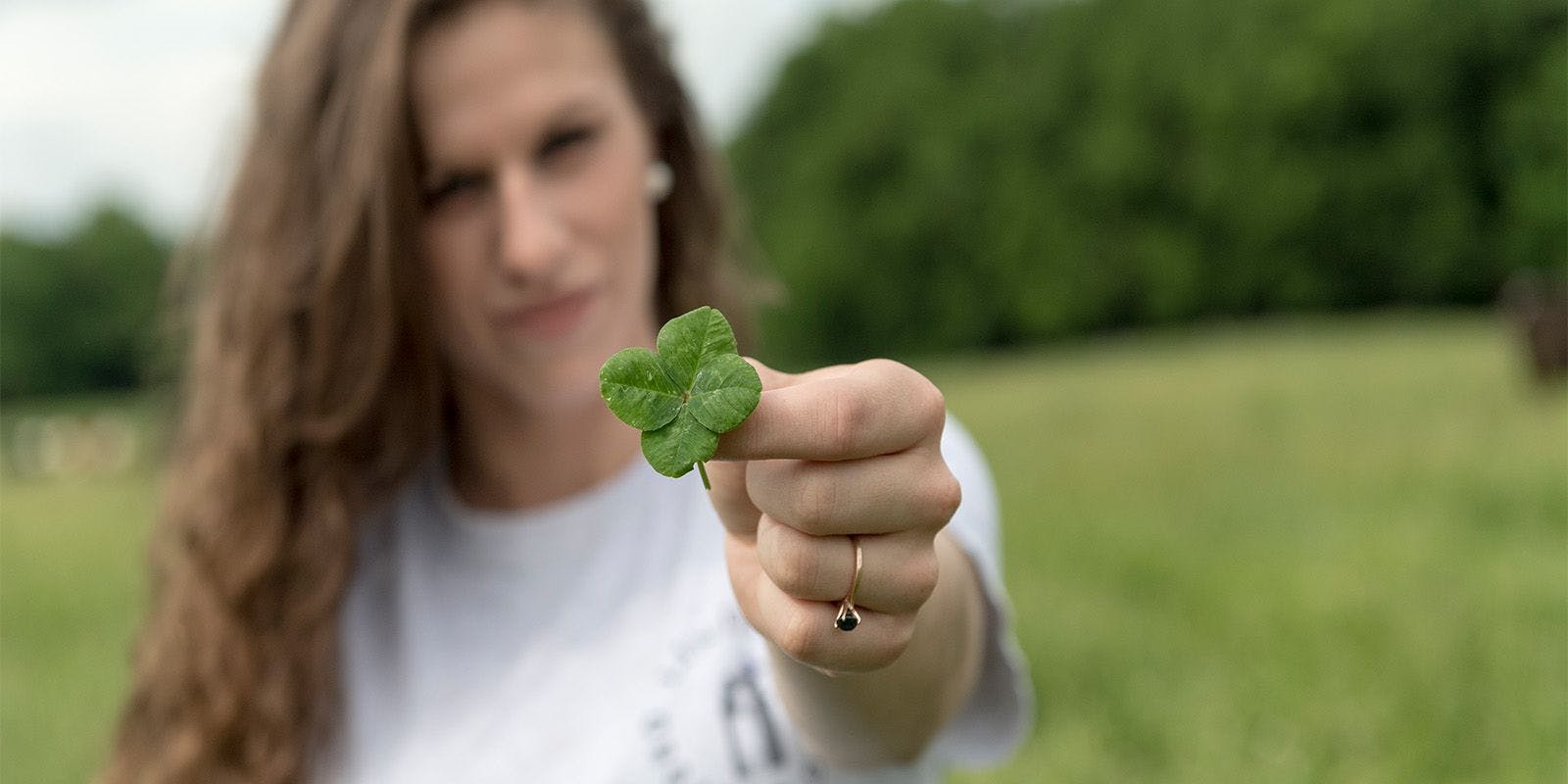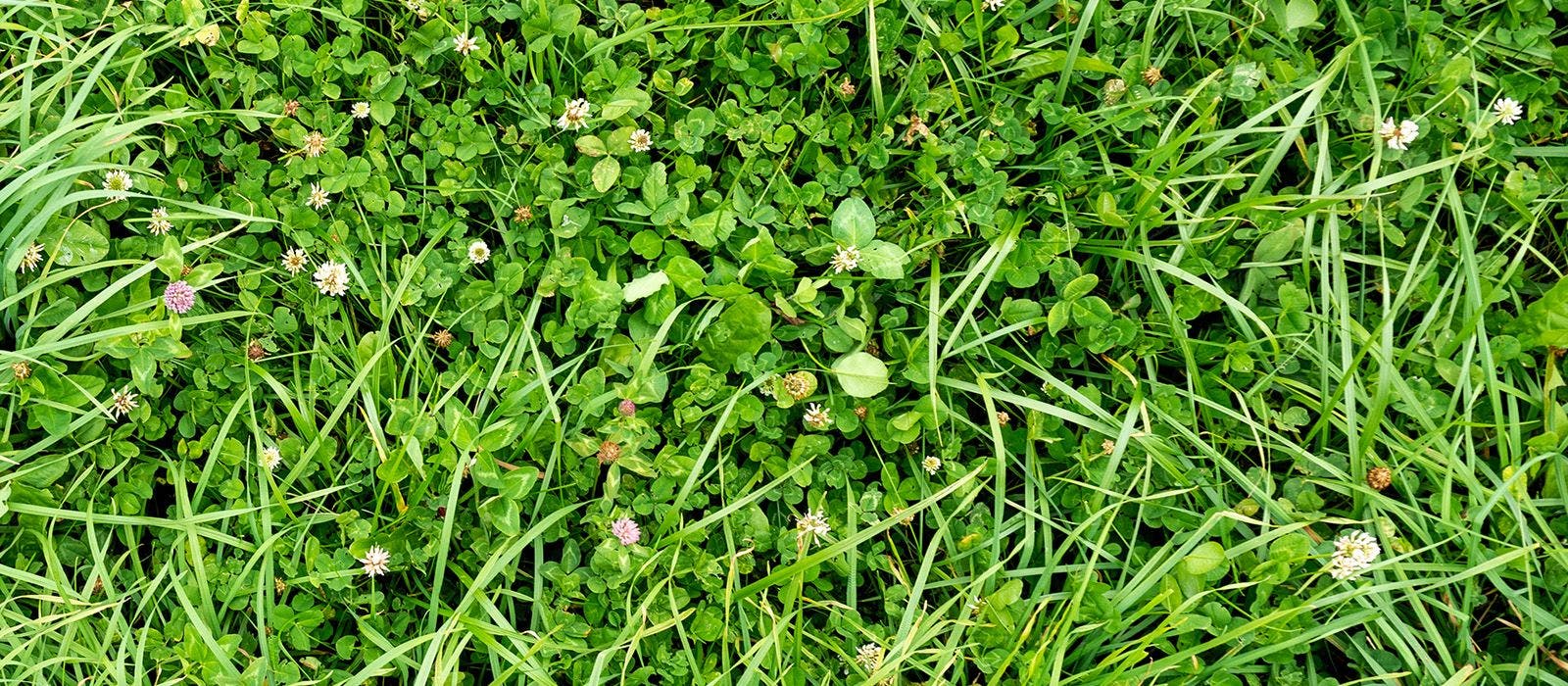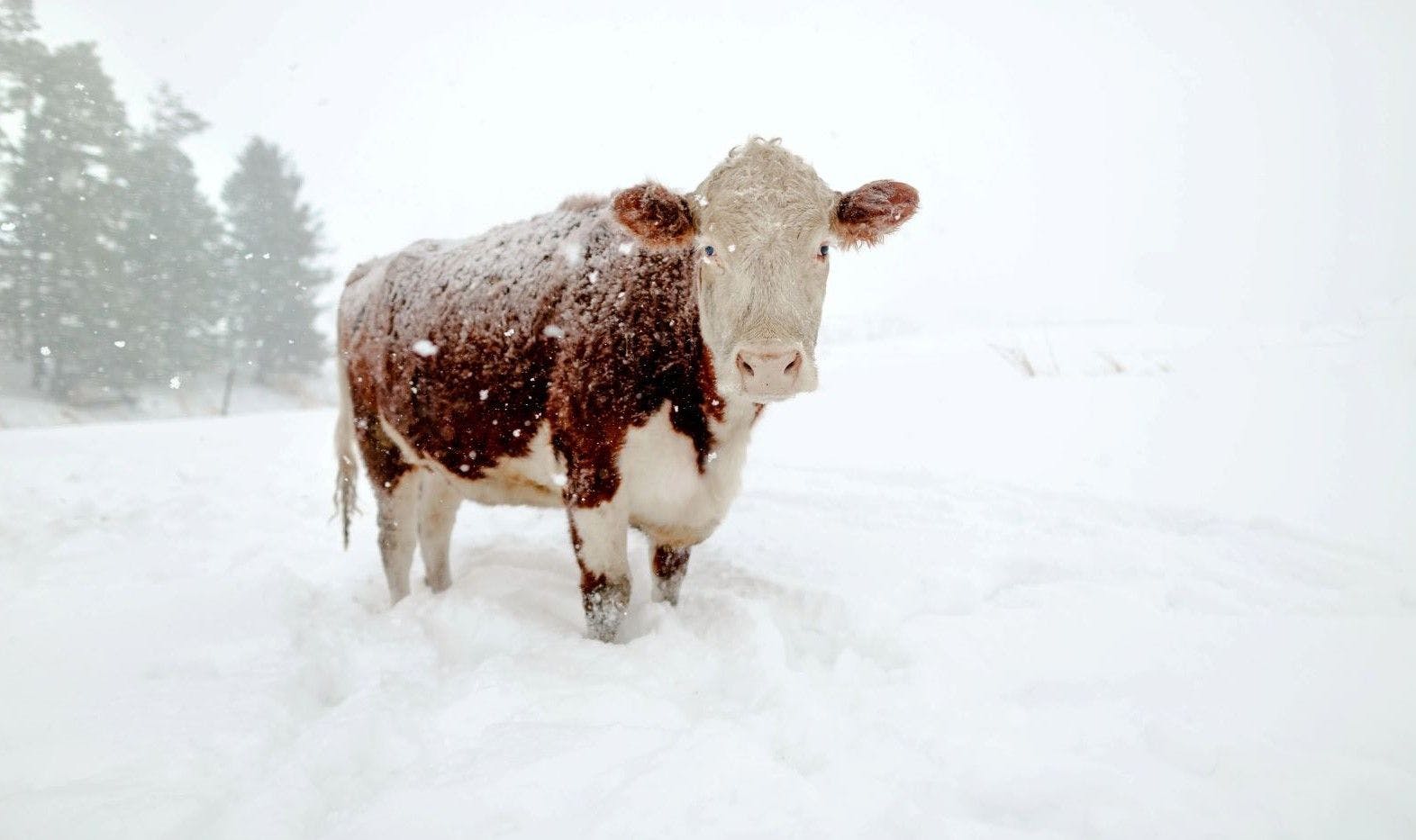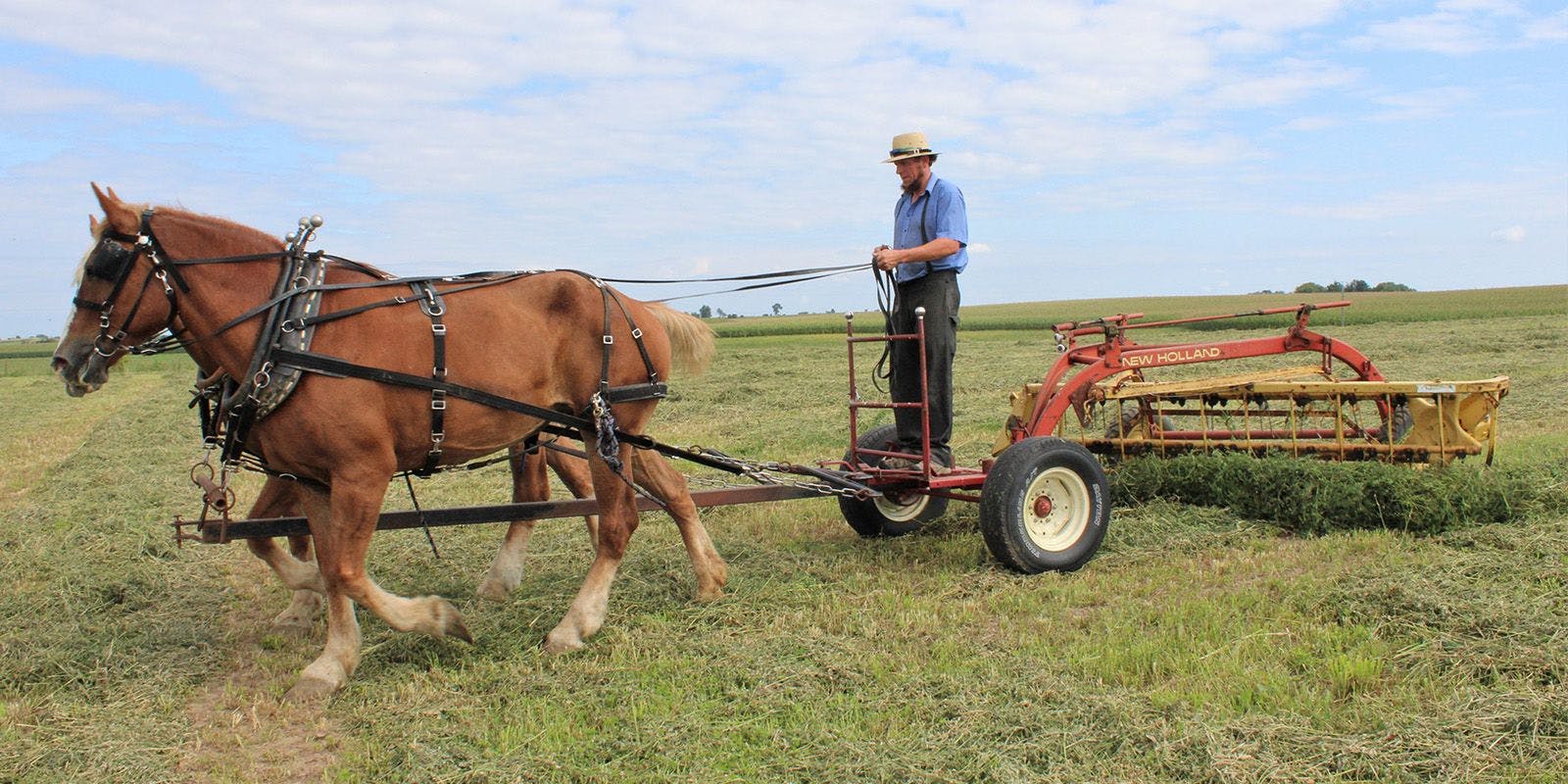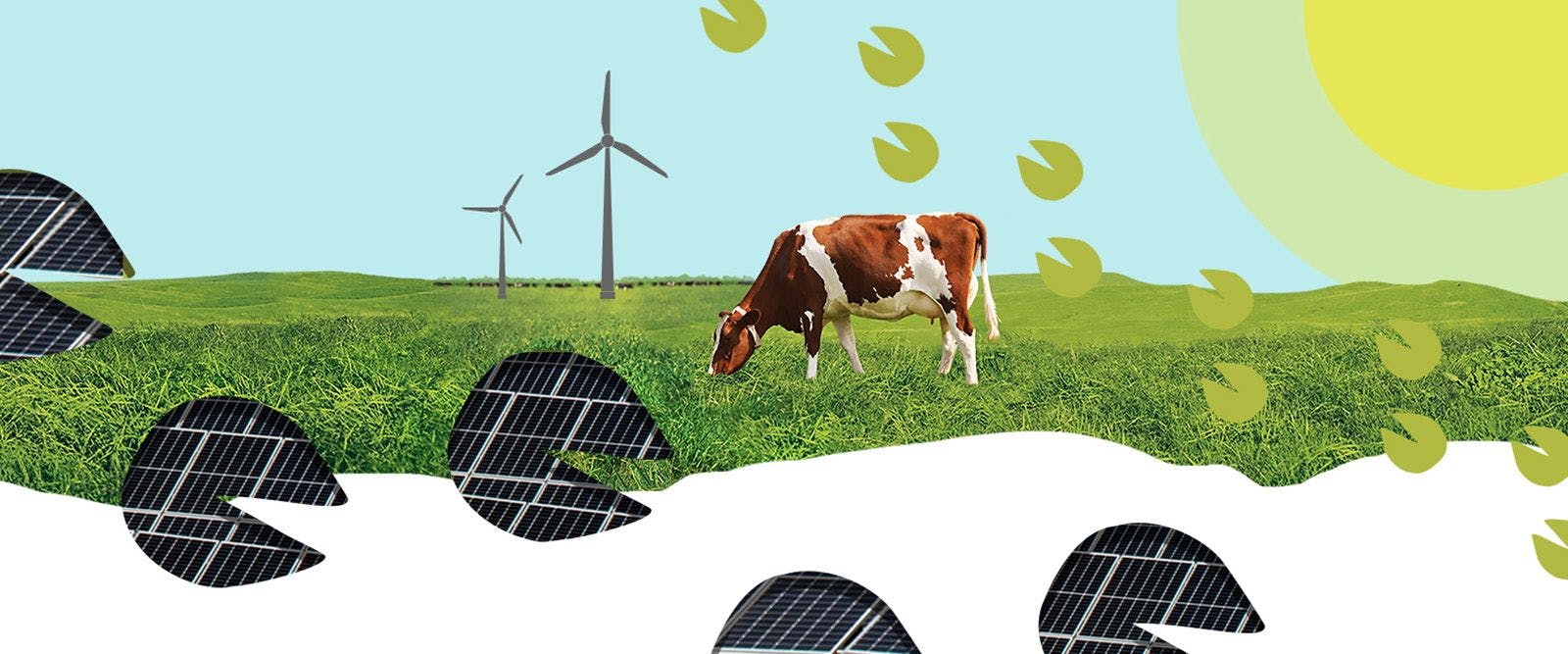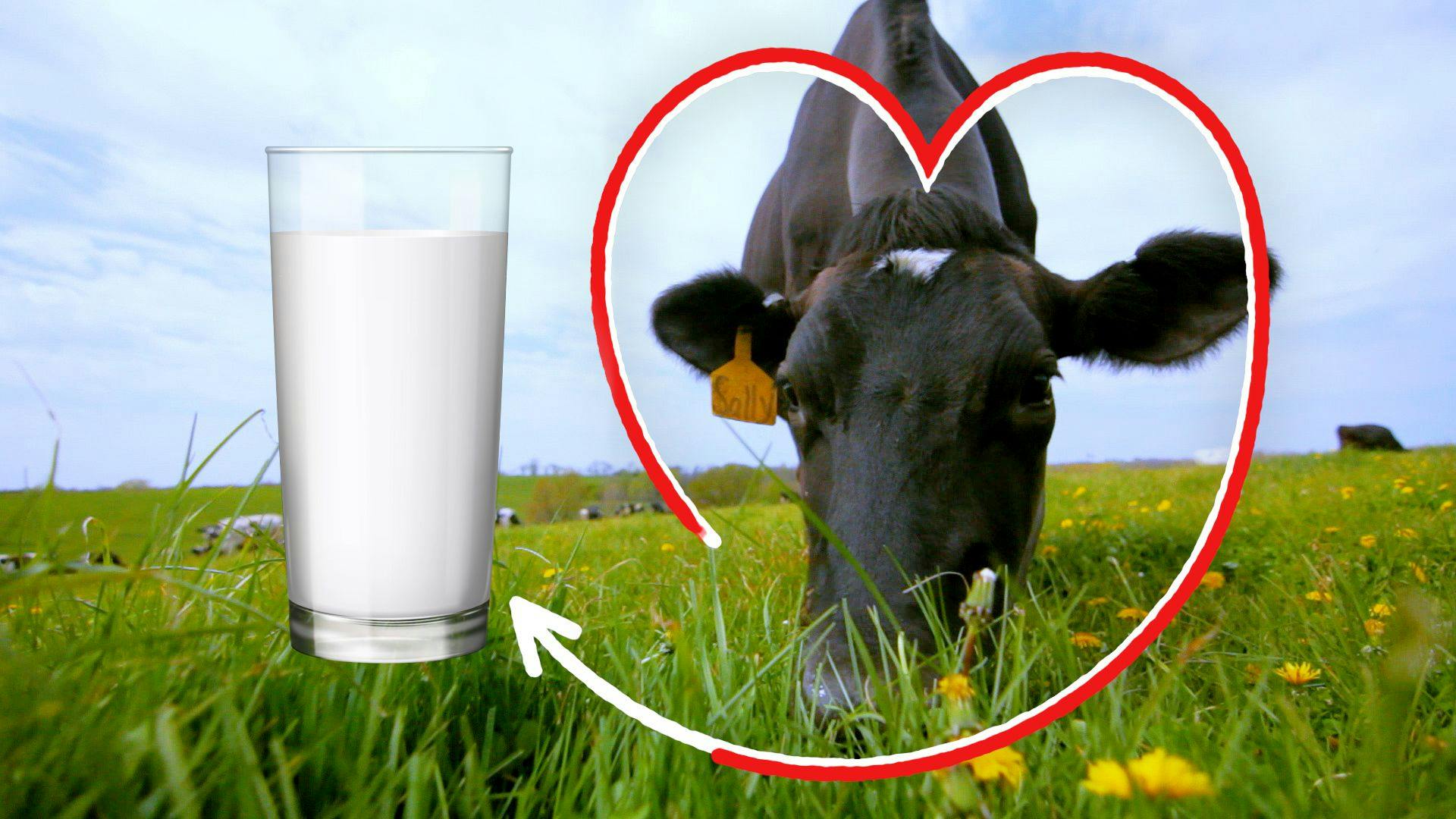
Farming
What Is Organic Pasture? A Wonderland of Biodiversity!
Just like you and your family need healthy, nutrient-dense foods, so too do the cows that graze pastures in our cooperative of hundreds of small organic family farms.
Pasture is more than just grass. It’s a living ecosystem that gives animals the nutrition they need to grow and thrive. Pasture is a world in and of itself, and we want to give you a ground-level peek at an Organic Valley pasture. It’s too incredible not to share.
Take a break (but don't forget to keep reading after you do!) and listen to the lovely sounds of pasture at an Organic Valley farm in West Virginia:
What Organic Pasture Is (and Isn’t)
A pasture is not a manicured lawn with just one kind of grass, maintained with pesticides and herbicides. Pastures are not feedlots the color of a baseball diamond. In fact, the kinds of grasses used for golf courses and reclamation land often couldn’t sustain a cow. While feedlots, row crops and lawns dot the landscape, managed pastures are comparatively rare.
Not just any patch of green grass can create the nutrition a cow needs. In an Organic Valley pasture, you’ll find a variety of grassses and legumes like clover, brome, ryegrass, timothy, fescue, reed canarygrass and so much more. It’s a salad bar for cows. You’ll also find more life in an organic pasture, not to mention vibrant colors and healthy soil. This healthy soil and wide mix of grasses and forages mean a healthier herd.
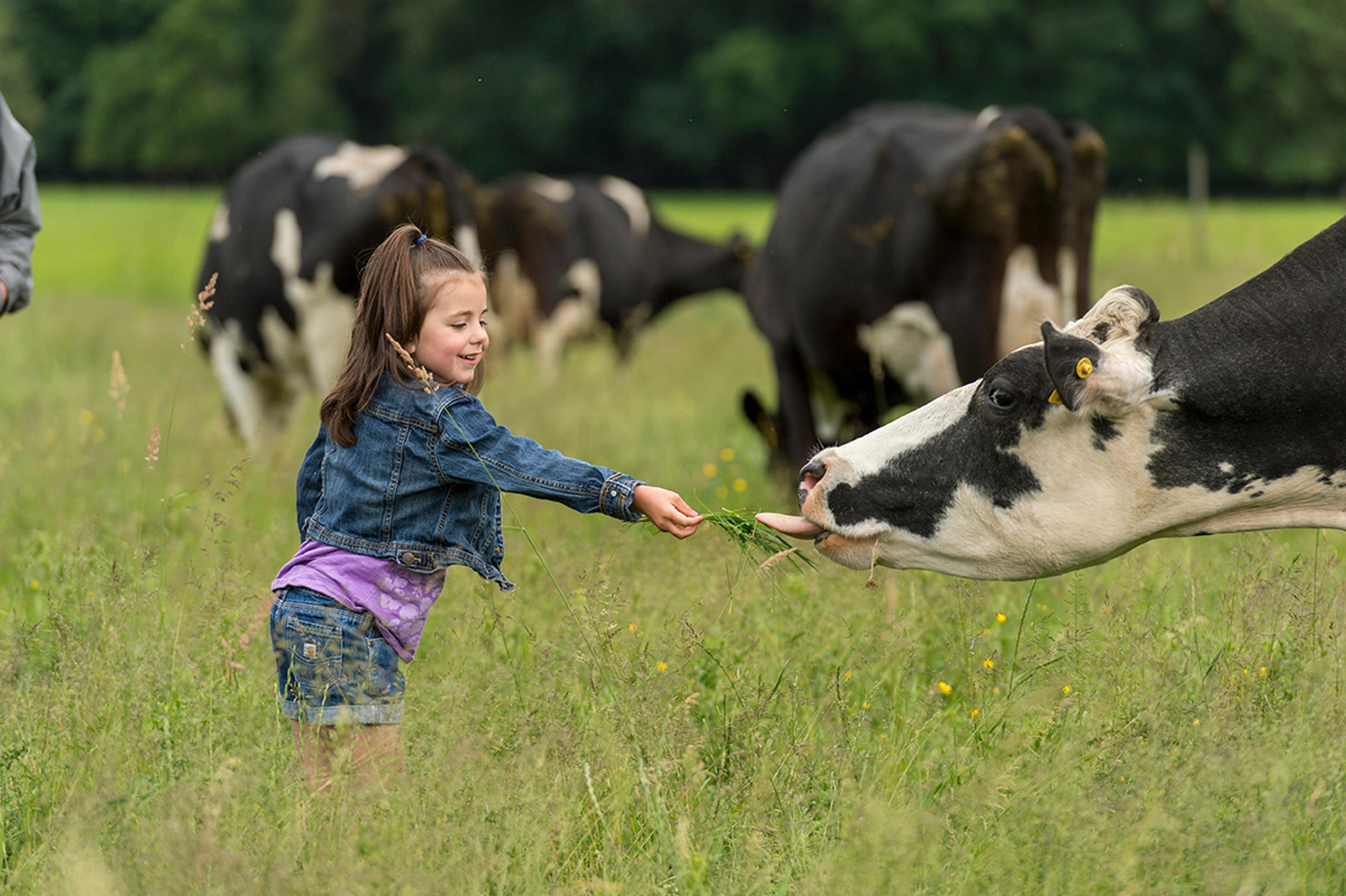
McMahan family farm, Washington
When managed by caretakers like the family farmers in our cooperative, the nutrition from a varied pasture diet helps prevent conditions like indigestion, acidosis and other herd health issues that are more common on grain-based diets. Farmers care for their pastures by seeding in new grass varieties, rotationally grazing the pastures at the right moments in each season and cutting or removing invasive weeds.
Just as you put love into the food you prepare for your family, farmers put love into the pastures they feed their cows. All of that comes out in the milk they provide for your table.
"When you’re managing your farm in a grazing system, you’re getting the highest quality milk in the world. So I do look at grazing as being both an art and a science."
- Kevin Mahalko, Organic Valley grass-based dairy farmer
Why Are Animals Important to Pasture?
You’ve probably seen it before: a dense thicket of brush just beyond the edge of the highway. That is what happens when animals don’t trim and graze land. In many cities across the country, animals like sheep and goats are being used to manage that kind of land.
Why?
Because ruminants and land management are a match made in heaven.

Johnston family farm, Oregon
Ruminants like cows, sheep and goats are able to metabolize pasture at an incredible rate. If a human tried to eat it, well, you wouldn’t be able to (and we don’t suggest trying).
When certain dominant grass varieties and invasives are allowed to grow unchecked, they will shade out the more nutritious, diverse grasses, herbs, legumes and forbs that help balance a pasture’s ecosystem. When pasture-raised cows graze the land, they trim almost everything, and the farmer is there to get rid of the things the cows don’t need.
As the cows manage the pasture in cooperation with the farmer, another amazing thing happens. The grasses and forages get the nutrition they need from the cows’ poop! That’s right, it is a full circle of life out there.
What Role Does Pasture Play in Land Management?
Even as pasture isn’t “just grass,” soil isn’t “just dirt.” All soil is different, has different needs and is good for growing different things.
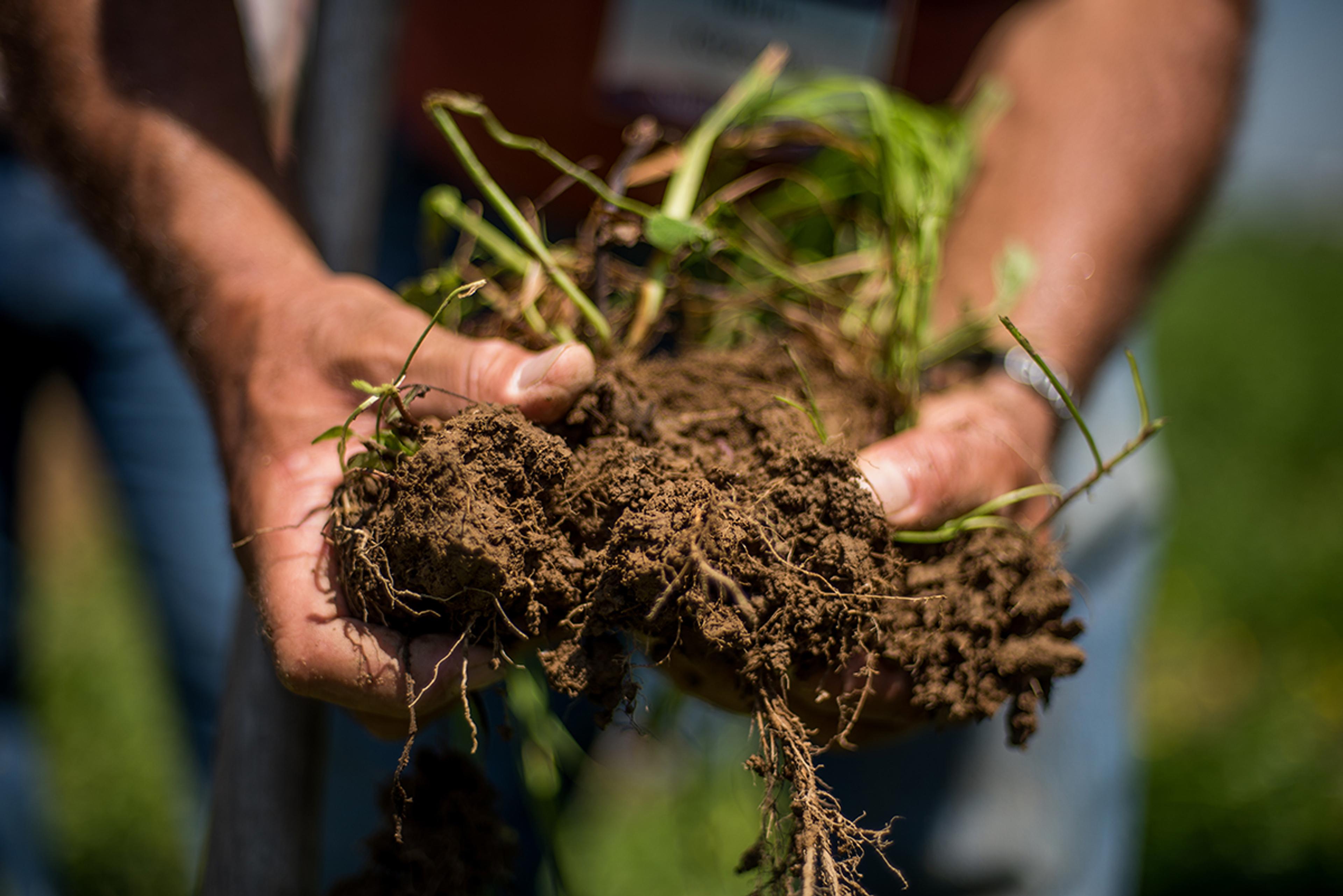
Some soil is great for growing crops. Some is better for growing perennials like aronia, raspberries, or elderberries. And some land on a farm is hard to reach, less likely to produce quality food crops, and not suitable for anything other than pasture.
When hilly or less fertile land is planted with pasture and cows are allowed to graze it, the land’s value suddenly increases in two ways: The perennial grasses help prevent erosion and runoff, and via the cows, the farm can derive an income from that formerly unproductive land.
It can take years, but when farmers in our cooperative analyze the soil chemistry, find the right blend of grasses and forages that match that soil and rotationally graze the grass that is eventually grown from the soil, land can be brought back to life. Many of our farmers talk about the moment when they saw their pastures come back to life and say it was a defining moment for their organic farming journey.
"Probably the most important thing in organic production is having your animals exposed to grass. Good grass and fresh grass. I’m firmly convinced that there is a difference."
- Jeff Miller, Organic Valley dairy farmer
Pasture Improves Biodiversity and Climate
The other thing we see is that good organic pasture, specifically when used in partnership with other farm types,benefits all of the land on a farm.
Home to millions of insects, birds, bees, butterflies, microbes and critters of all shapes and sizes, small organic family farms are refuges for life on earth, with many small organic family farms shown to have 34% more biodiversity compared to conventional farm averages. We believe pasture has a huge role to play in bringing life back to the land.
On organic pastures, no toxic synthetic chemicals are allowed. In fact, even the extremely limited number of naturally derived pesticides are rarely used on organic pastures. All organic farms are doing their part to keep toxic chemicals off the land — Organic Valley has kept 540 million off since 1988.
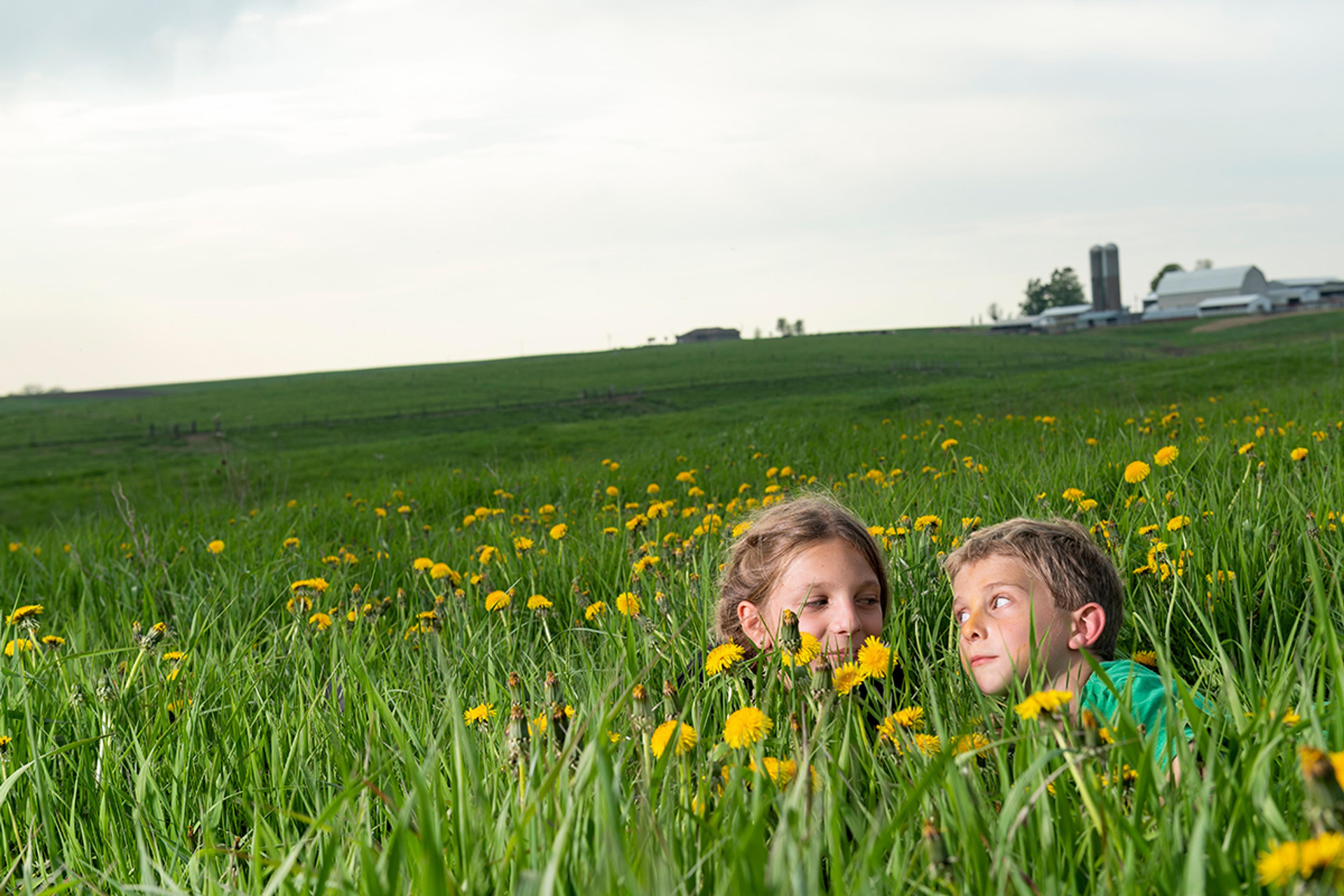
Children play in organic pasture at the Tranel family farm in Wisconsin.
Not using toxic pesticides means worms and beneficial insects like bees, beetles and butterflies love our pastures and the less-tended fence lines and treelines bordering them. These pollinators take refuge on organic farms with pastureland, and many of our farmers are taking it to the next level.
Organic Valley farmers like the Bordessas and McClellands in California are restoring streambanks on their farms with native plantings. When established, the plants will help improve water quality by preventing erosion and filtering runoff and improve water retention in the soil, making the farm more resilient in times of drought. The plants will also provide new, pesticide-free habitat for native wildlife.
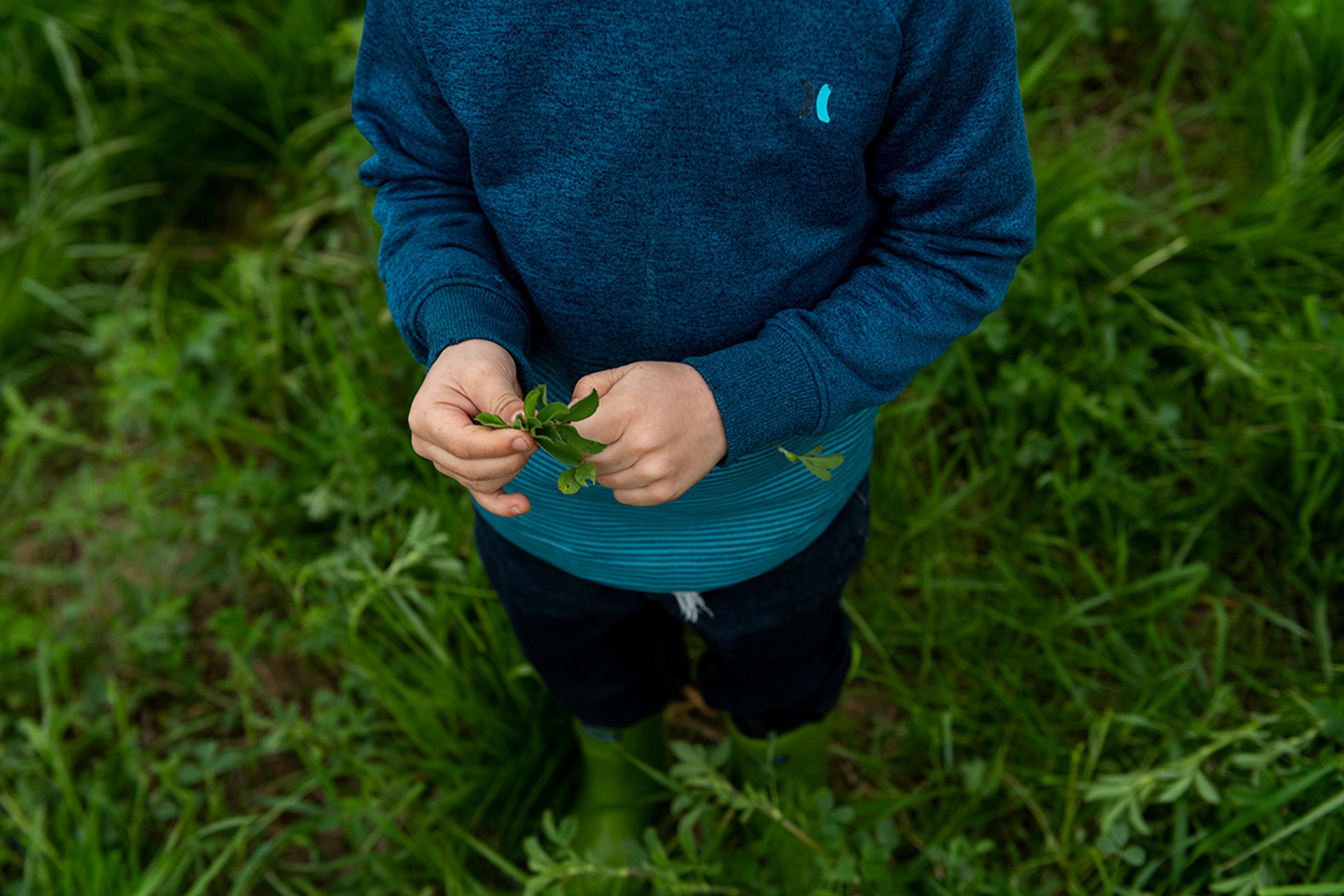
Tranel family farm, Wisconsin
Good grazing practices on organic pastures help increase carbon sequestration and contribute to reversing climate change too. Studies show incredible results from carbon sequestered in rotationally grazed pasture.
To Sum It Up…
Organic pasture:
- Provides excellent nutrition to cows.
- Creates a safe habitat for animals, bugs, bees and free-range children.
- Holds soil in place so the soil doesn’t wash away.
- Pulls carbon from the air to help protect the planet for future generations.
Clearly pasture is so much more than “just” a field of grass, and we’ve only scratched the surface of the goodness created and provided by healthy, green, organic pasture. Sometimes, the grass really is greener.
Joshua Fairfield is the cooperative public relations manager at Organic Valley, but in his spare time dreams of creating an organic farm built from the ground up to increase biodiversity and protect life. He enjoys good books read by firelight, trying new (and old) gardening techniques and writing about the natural, beautiful systems on organic farms.
Related Articles
- Tags:
- climate,
- grass-fed,
- pasture & perennial agriculture,
- regenerative agriculture,
- making an impact














